Spray Foam for basements, which of the different types are best environmentally?
We are looking to finish our basement next spring and one builder suggested using spray foam insulation as he says it's a good choice for insulating and sealing CMU basement walls and floor in northern California. We want to do this basement conversion as sustainably as possible with good air quality and there seem to be a lot of different spray foams available some of which mention climate change and environmental concerns - but we're wary of greenwashing, so I would value your opinion as to spray foam insulation in general for basement conversions and which spray foam would be best for environmental reasons to help us make a decent choice. Thanks!















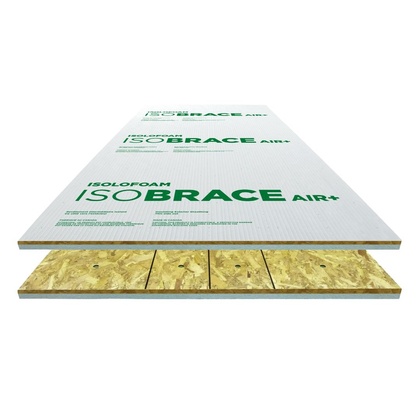
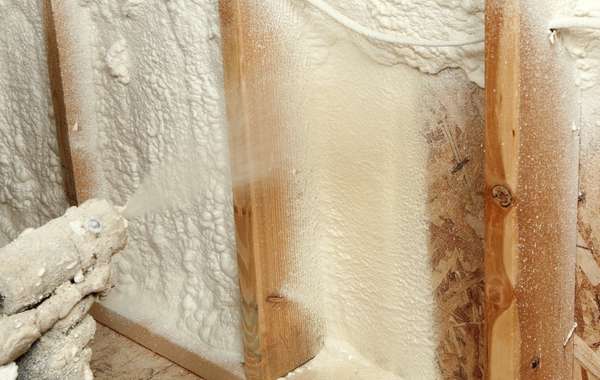
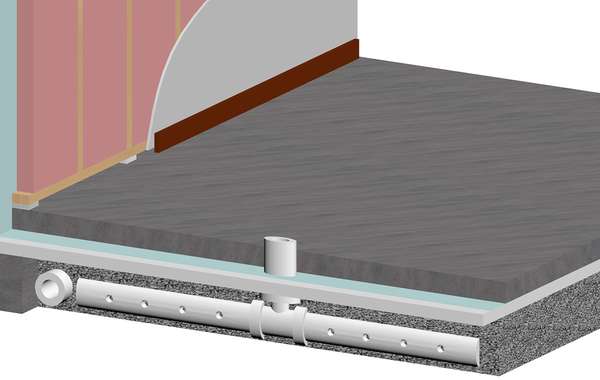
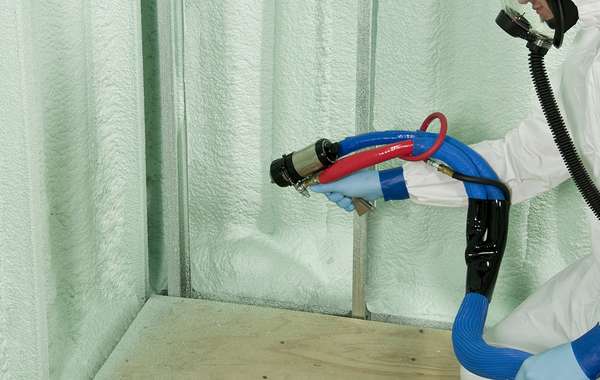
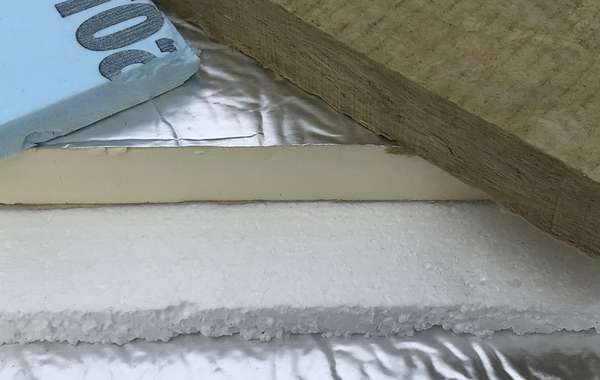


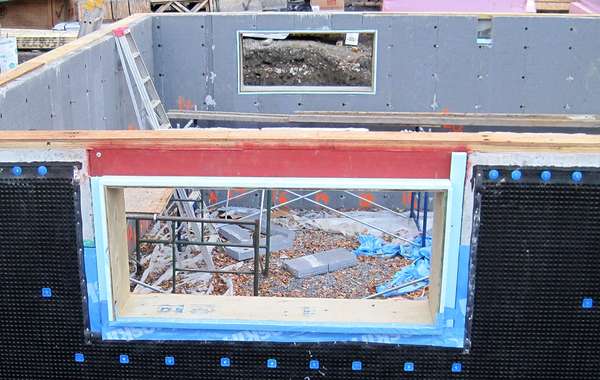
Insulating basements with spray foam is not uncommon, and in most cases works very well. A lot people like spray foam as an air barrier, a vapor barrier and for energy-efficiency by reducing heat loss, as it has one of the highest per-inch r values of commercially available insulation products.
There are also some significant ecological downsides to spray foam insulation, information about that (and the advantages - the ones with the newer more eco-friendly blowing agents) can be found at this page here, so have a look as it will likely answer most of your questions -
New HFO spray foam blowing make it over 1,000 times less harmful to the climate
The new spray foam products haven’t been around for long enough to really get an idea of their track record, but according to manufacturers, the performance with the new blowing agents is said to be as good or better, and it should also lead to safer indoor air quality as you were hoping for.
There are some things that simply can’t be avoided that are definitely worth thinking about though, and that is that once spray foam has been applied to a substrate, like wood, it won’t be coming off. So unless someone invents a spray foam removal machine in the future, the current final destination of studs and sheathing covered in spray foam is none other than a landfill unfortunately as it won’t be able to be recycled. So, we love the new blowing agents, but we still limit the applications we recommend it for due to the inability to re-use or recycle it.